‘Gross failure’ led to deaths of mother and baby in Prestwich home birth
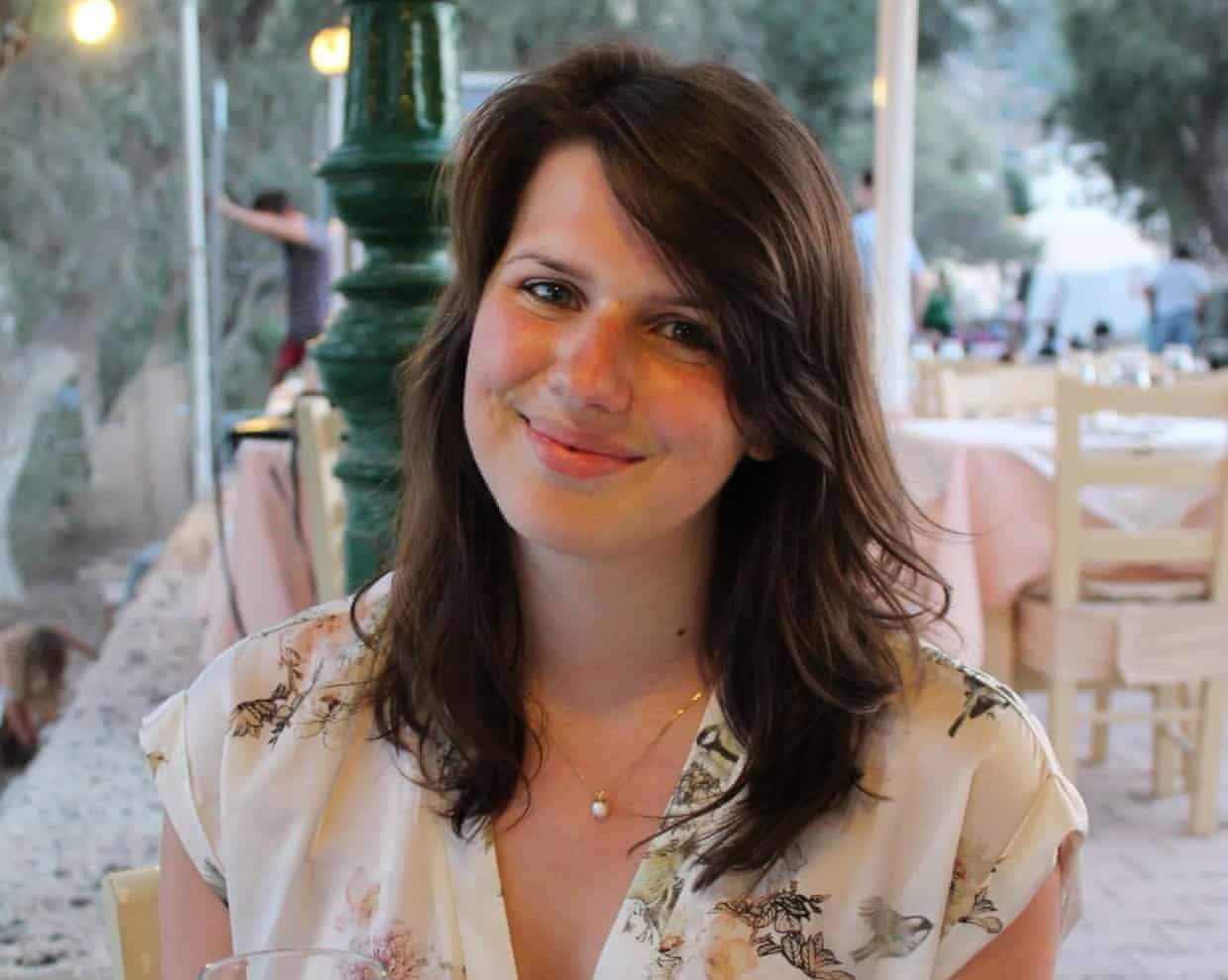
When Jennifer Cahill went into labour with her second child at home in summer last year, she thought that the delivery, assisted by two midwives and with her husband by her side, would be a relatively simple one.Within 24 hours, however, she was dead, and her newborn daughter was fighting for her life after experiencing “horrors that should be consigned to a Victorian-age nightmare”.Cahill, 34, who was an international export manager, died after her baby, Agnes Lily, was born in the early hours of 3 June last year at her home in Prestwich, north of Manchester.She suffered a haemorrhage and lost five pints of blood, or almost half the blood in her body, owing to a tear between her vagina and anus.She was taken to hospital, but went into cardiac arrest in the ambulance, and died from multiple organ failure the next day.
Agnes was delivered not breathing, with the umbilical cord wrapped around her neck, and also died at North Manchester general hospital four days later,On Monday, Rochdale coroner’s court heard that the mother and daughter died owing to “a catastrophic error and a gross failure to provide basic medical care”, which started when Cahill first considered a home birth,About one in 50 births in England and Wales takes place at home,However, they are recommended only for low-risk pregnancies,Cahill’s pregnancy was considered high-risk because she had suffered a postpartum haemorrhage after giving birth to her first child in 2021.
She had been advised to have her second baby in hospital because of this, the inquest heard, but her husband, Rob, told the court that the dangers of a home birth had not been fully explained,The court heard that Cahill, while knowing that the pregnancy had been high-risk, had not been properly advised on the benefits of having Agnes in hospital, and that if she had, it was likely that she would not have delivered her daughter at home,Manchester University NHS foundation trust, which runs the hospital, has accepted that after deciding on a home birth, Cahill should have been referred to a senior midwife, so that the risks could be discussed,Her friend told the inquest that she did not believe Cahill had understood her pregnancy to be high-risk, despite having needed a blood transfusion after delivering her first child,“I think she believed the level of blood loss was normal because no one seemed to think it was significant,” Katherine Kershaw told the court.
“She had read or heard somewhere that there was less chance of bleeding at home and that is why she wanted a home birth.”Also giving evidence, the expert midwife Abigail Holmes, director of midwifery and neonatal services at Cardiff and Vale University Health Board, was critical of the advice that Cahill had received.“From what I have seen and read there were no meaningful conversations that took place over the risks of giving birth outside of an obstetrics unit,” she said.The inquest heard that phrases such as “out of guidance” were favoured, rather than “against medical advice,” and the risk of death was not explicitly raised.“It is more conducive to a healthy relationship with a pregnant woman for softer, kinder words rather than more forceful language,” Holmes told the inquest.
“But we have to be clear about what we are saying,A woman can only make an informed decision if she has been informed, and that includes the risk of death,It should have been made clear to Jen that she was high risk for a delivery at home,”The inquest heard that both of the community midwives who attended Cahill’s home, Julie Turner and Andrea Walmsley, for reasons the court could not ascertain, had not seen or been aware of a thorough birth plan devised by the Cahills prior to Jennifer going into labour,The inquest heard that both women had worked 12-hour shifts before delivering the baby and had been awake for more than 30 hours by the time the delivery was finished.
They had tried their best to help Cahill but their effectiveness was affected by a “lack of understanding and confidence” in what she had wanted due to a failure in communication from others.Vital notes, such as Cahill’s blood pressure readings and the baby’s heart rate, were not properly recorded, with the latter at one point scrawled on to a spare incontinence pad, which was later thrown away.“We were always concerned about the hours we were sent out for but that’s the way it was,” Walmsley said, after being asked why she had not raised the fact that she may be unsafe to work.“We know what it’s like working for the NHS; things are either ignored or you’re sticking your head above the parapet and going to get shot at.”She described thinking that Cahill’s birth plan, once she saw it, was “the most intense birth file that I have ever read”, and said the requests for very low lighting and voices to be kept to a whisper meant she felt “frightened” of speaking.
The midwife, who told the inquest she had never dealt with a postpartum haemorrhage in a home setting before, said that she was unaware of Cahill’s symptoms of anaemia and pre-eclampsia until after her death.Walmsley also told the inquest that prior to the birth she was very concerned that Cahill had refused some medication and observations, including a syntometrine injection, which would have helped prevent excessive bleeding.The inquest previously heard that during her pregnancy, Cahill had refused some hospital tests and interventions, including a second test for Group B Strep, which she had carried during her first pregnancy.Her son had contracted sepsis after being born, from which he later recovered.“I honestly felt that I would be thrown out if I said the wrong thing,” Walmsley told the court.
Turner told the inquest that while Cahill was in the birthing pool, she had struggled with contractions, saying: “I can’t do this,” or: “I really want to do this.I want to be a warrior, why would my body do this.”She said there was “unease in the office” about home birth requests.“People were nervous about being on call and some people would do anything to get out of being on call,” Turner said.“There were more women with complex birth plans and people were nervous about that.
”Rob Cahill told the inquest that his wife had opted for a home birth because she had not felt supported during her first delivery, which she had found “highly stressful”.“There was no one midwife assigned to Jen.There seemed to be lots of midwives coming and going,” he said.“Jen did not feel she had been fully supported.It was a tricky time because of Covid and there were lots of restrictions.
”After the inquest’s conclusions the coroner, Joanne Kearsley, described Agnes’s birth and the mother and daughter’s deaths as “horrors that should be consigned to a Victorian-age nightmare”, and stated that she would personally be writing to numerous medical and midwifery organisations to recommend changes.Rob Cahill thanked the emergency services who had tried to save his wife and daughter and praised the proposed changes, but said he was “deeply saddened that these changes have only came in after Jen and Agnes’ deaths”.

My cultural awakening: A Jim Carrey series made me embrace baldness – and shave my head on the spot
I was a mess of insecurities, trying to hide thinning hair, worried I was ageing too quickly. Then a scene in the TV show Kidding changed everythingGrowing up, I was obsessed with Jim Carrey. I was just entering my teens when The Mask came out, and I can still picture myself watching Ace Ventura: When Nature Calls on TV one weekend afternoon, absolutely howling at the silliness of it. His elastic facial expressions, the energy, the stunts – it was the perfect tenor of humour for a young boy.By the time I was in college, I had moved on to his more thoughtful films
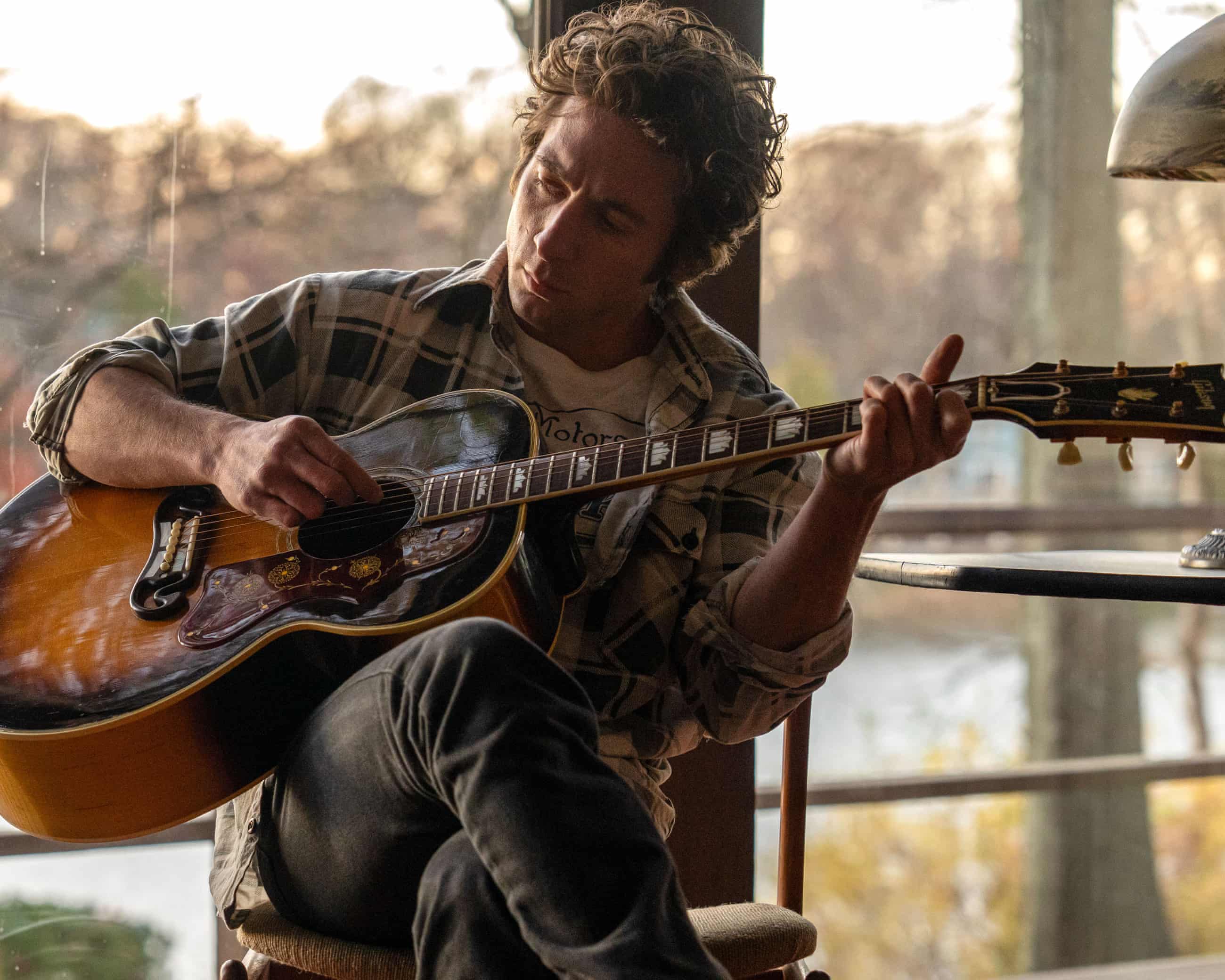
From Springsteen: Deliver Me from Nowhere to IT: Welcome to Derry – your complete entertainment guide to the week ahead
Jeremy Allen White channels the Boss in a hotly tipped new biopic, and Pennywise the clown returns to terrorise unsuspecting children in a spooky horror prequel seriesSpringsteen: Deliver Me from NowhereOut now The Bear’s Jeremy Allen White plays the Boss in this buzzed-about Bruce Springsteen biopic focusing on the period when he was making his 1982 album Nebraska (so, post-Born to Run but pre-Born in the USA), with Jeremy Strong playing critic turned producer Jon Landau.The MastermindOut now Kelly Reichardt returns with an art heist movie inspired by a real robbery in 1970s Massachusetts, in which two Gauguins, a Picasso and a Rembrandt were nicked. Here, it’s Arthur Dove paintings that catch the eye of Josh O’Connor’s art thief James Blaine Mooney.ParaNormanOut now An odd dearth of family films has left a gap in the market into which this rerelease of 2012’s animated adventure ParaNorman has decided to slip. Norman Babcock (Kodi Smit-McPhee) is the misfit 11-year-old who speaks with the dead, enabling a spooky adventure to unfold in time for Halloween
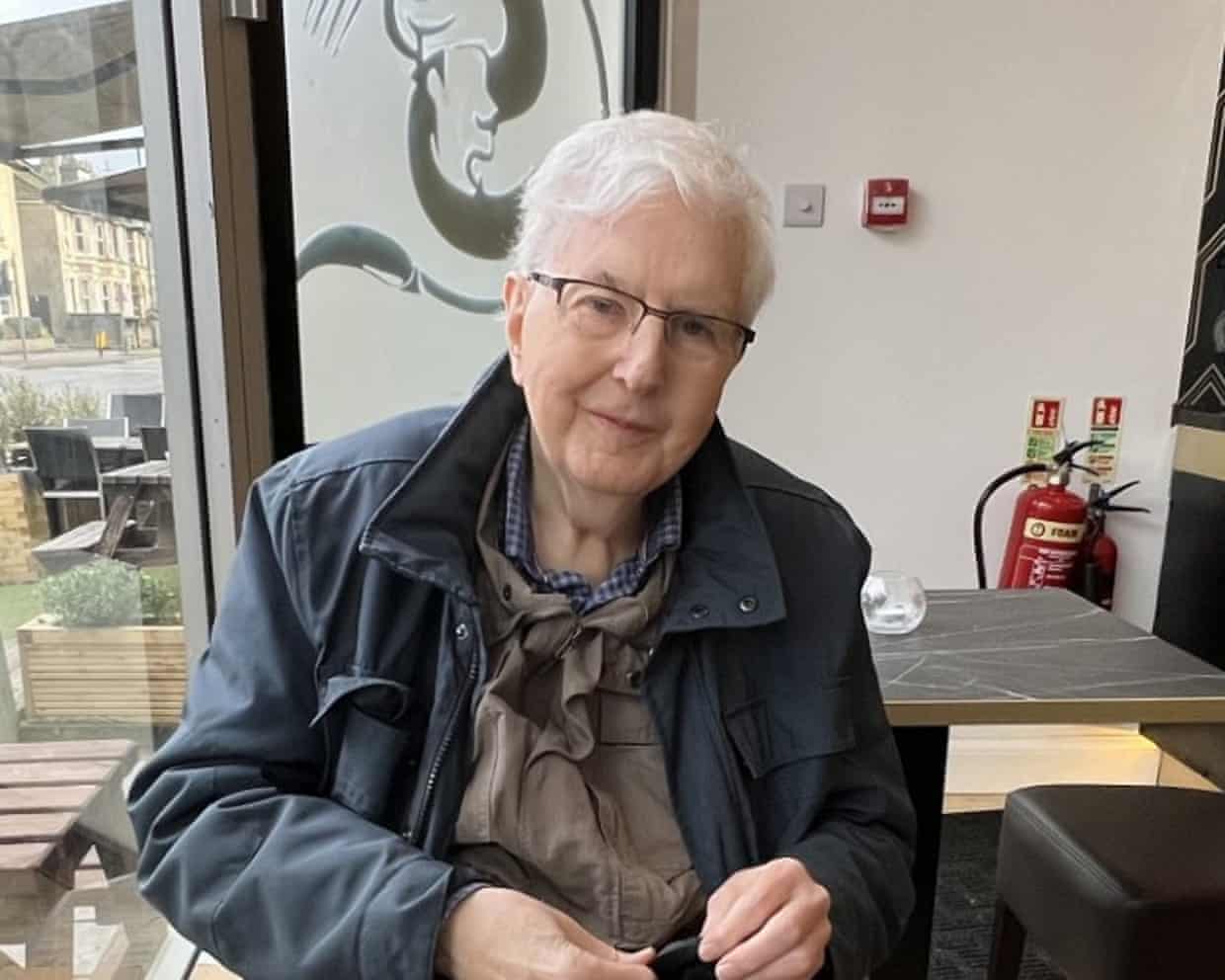
John Deere obituary
My father, John Deere, who has died aged 89, was the arts director of Nottingham county council for 20 years. A passionate advocate for the arts, he was appointed to the post in the council’s newly established leisure services department in 1975, following the national reorganisation of local authorities.There, for 20 years, he transformed the artistic life of Nottinghamshire through development and funding of arts activities across the county. In the town of Retford, he supported the internationally famous Cantamus girls choir and, in Mansfield, the Mansfield Palace theatre.Events ranged from concerts by world-renowned musicians such as Vladimir Ashkenazy, André Previn and the pianist John Ogdon, a native of Nottinghamshire, to poetry readings by established poets such as Aeronwy Thomas, Dylan’s daughter
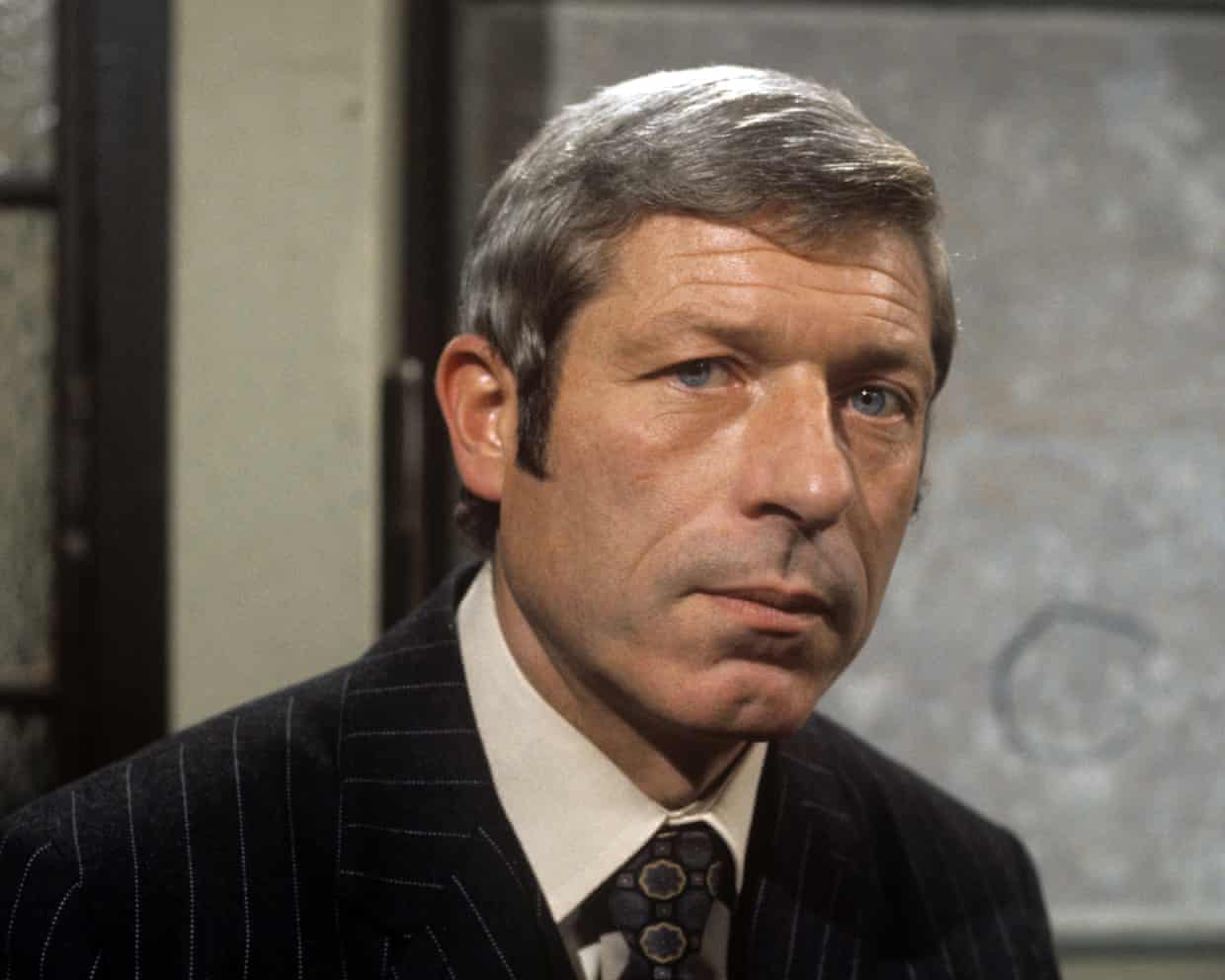
Timely assurance from Lear’s Kent | Letters
The passing of John Woodvine (Obituary, 13 October) reminded me of the time when four of us University of East Anglia students went to the Norwich Theatre Royal to see the Actors’ Company touring King Lear in June 1974.We were early and went for a something to eat at a newly opened “burger” style restaurant with booths and partitions so you couldn’t see who was at adjacent tables – a novelty at the time. The service was very slow and we were concerned that we would be late for the theatre.Suddenly a head appeared over the partition and said: “Don’t worry – they won’t start without me!” It was John Woodvine, who turned out to be the Earl of Kent and was the first to speak in the play. Needless to say we made it in time

The Guide #214: Sleep-inducing songs and tranquilising TV – the culture that sends us to sleep (in a good way)
How do you sleep at night? If you’re like Hannah, a recent subject of the Guardian’s My cultural awakening column, it’s to the sound of a rat whisking eggs. The series shares stories of people who made a significant life change thanks to a piece of popular culture, and in the case of Hannah, that meant curing insomnia by watching Ratatouille. Every night for the last 15 years, at home or abroad, she switches on the Pixar classic and, within minutes, finds herself dropping off, thanks to the film’s comforting, consistent soundscape. It’s so effective, in fact, she’s never even seen it all the way through.Hannah’s might be a bit of an extreme example, but her tale does touch on something universal: culture seems to play an increasingly important role these days in helping people nod off

Seth Meyers on Trump’s White House ballroom: ‘This couldn’t be any more of a bait and switch’
Late-night hosts mocked Donald Trump’s demolition of the East Wing of the White House and the corporate sponsors of his $300m gilded ballroom.On Thursday’s Late Night, Seth Meyers expressed disbelief over the president’s gilded ballroom project for the White House. “It would be bad enough if Trump’s biggest priority was just building a gilded vanity project for himself, but it’s so much worse,” he said. “Because to do it, he’s tearing down a somewhat well-known and beloved piece of property.”That would be the entire East Wing of the presidential residence, which has stood for 120 years
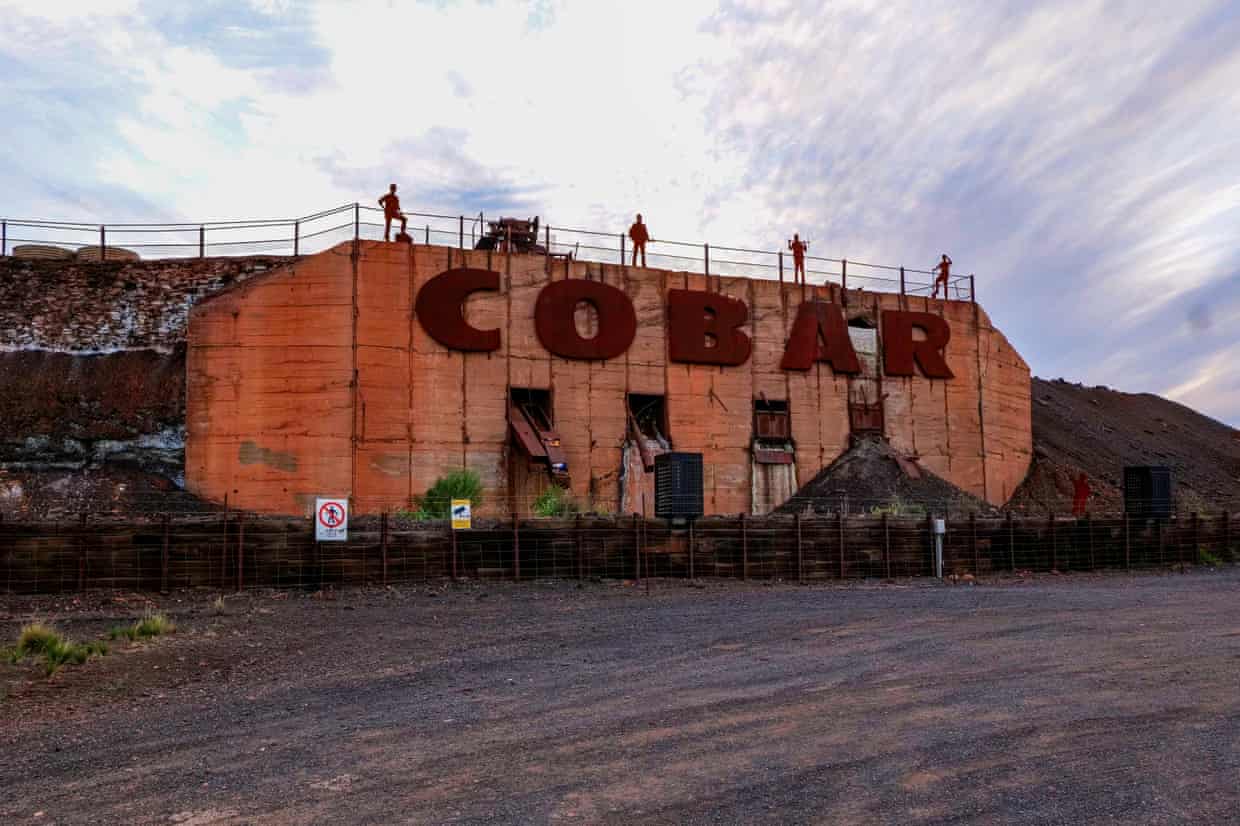
Cobar: two people killed in Endeavour mine explosion in far western NSW

Shrinkflation hits everyday staples, piling more pressure on households
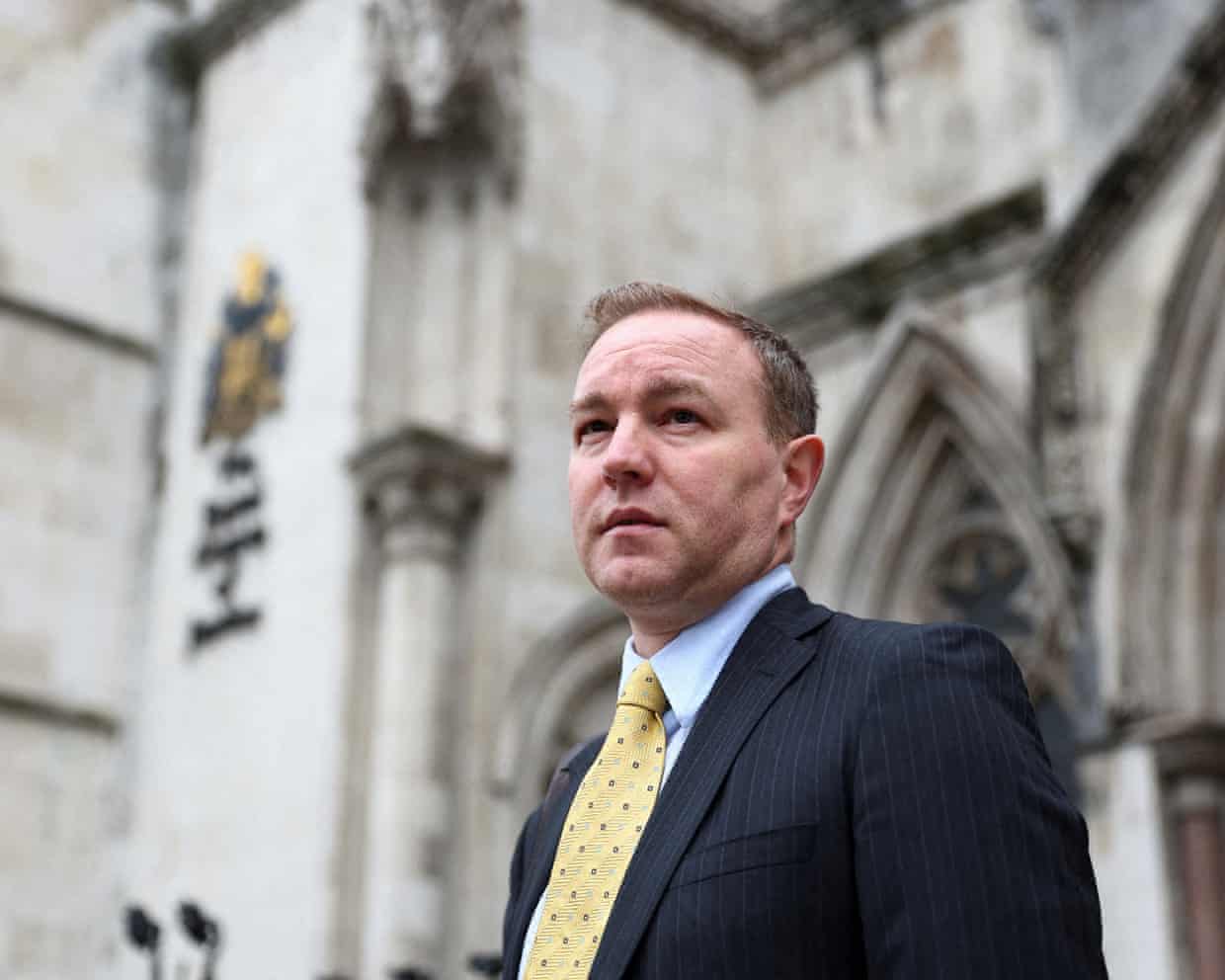
First banker jailed over Libor interest rate rigging to sue UBS for $400m

UK in £8bn deal to sell Typhoon jets to Turkey despite human rights concerns

Exxon sues California over climate laws, alleging free speech violations

Oil firm Petrofac enters administration, putting 2,000 jobs at risk; Greencore-Bakkavor food giant deal faces UK competition concerns – as it happened